API Documentation and markdown tools
A comprehensive guide
A comprehensive guide
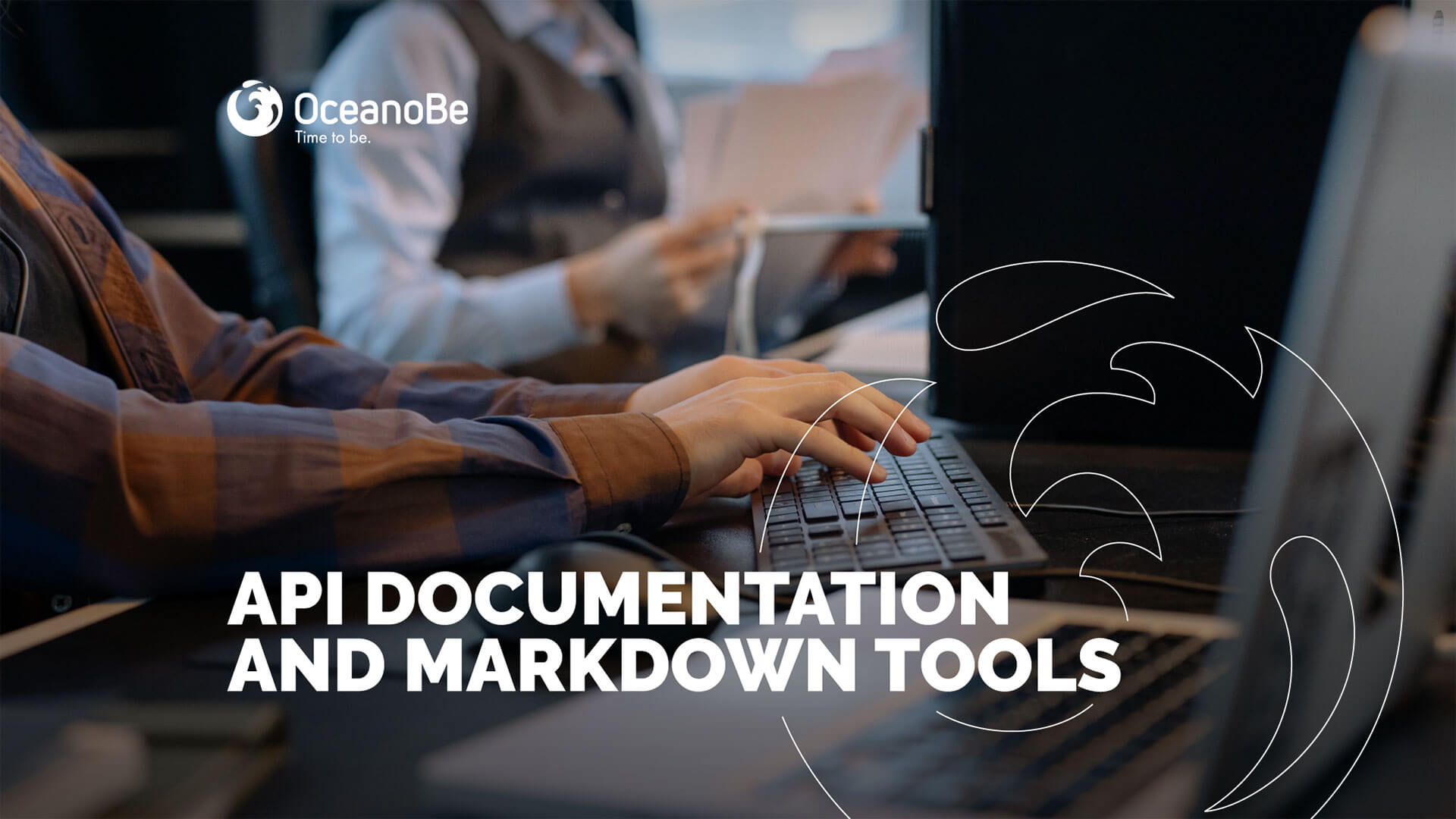
In the ever-evolving landscape of software development, effective communication is the basis for seamless collaboration and innovation. As developers, we often find ourselves navigating the intricate world of API documentation, a crucial aspect that connects us to the inner workings of application programming interfaces (APIs). In recent years, markdown tools like Slate have emerged as indispensable allies, empowering us, the developers, to create clear, concise, and user-friendly API documentation.
APIs, the backbone of modern software development, provide a standardized way for different applications and systems to interact and exchange data. However, without comprehensive documentation, even the most meticulously crafted APIs can become a daunting labyrinth for developers. API documentation steps in as a guiding light, unraveling the complexities of APIs and facilitating seamless integration into our projects.
Markdown, with its lightweight markup language, has gained popularity over the last years for its simplicity and ease of use. Tools like Slate take markdown to the next level, offering a rich ecosystem of features tailored for crafting API documentation. Here's my take on why markdown tools are essential:
Creating documentation that resonates with developers requires thoughtful consideration of both content and structure. Here are some guidelines for you to follow:
If you are not a fan of markdown tools, I hope that by the end of this article, you will be. Markdown, initially developed by John Gruber in 2004, gained popularity for its simplicity and readability. As the years passed and the software development increased in complexity so did the demand for effective documentation tools. These tools leverage the simplicity of markdown while offering additional features tailored to the unique requirements of documenting APIs, such as interactive API explorers, code integration with syntax highlighting, and generative capabilities. This evolution reflects a continuous effort within the developer community to enhance the clarity and accessibility of API documentation, contributing to more seamless collaboration and innovation in software development.
But enough history, let's delve into some leading markdown tools specifically designed for API documentation that I think are very relevant at this point.
Of course, my first option would be Slate. In my opinion, this is a powerful Markdown tool that will be a great use for your API documentation. It features an interactive API explorer, code samples with syntax highlighting, collaboration and version control support, and a vast library of plugins and extensions.
Why developers use it: Slate is one of my main choices because of its comprehensive and user-friendly platform, streamlining the documentation process and enhancing usability for both internal and external developers.
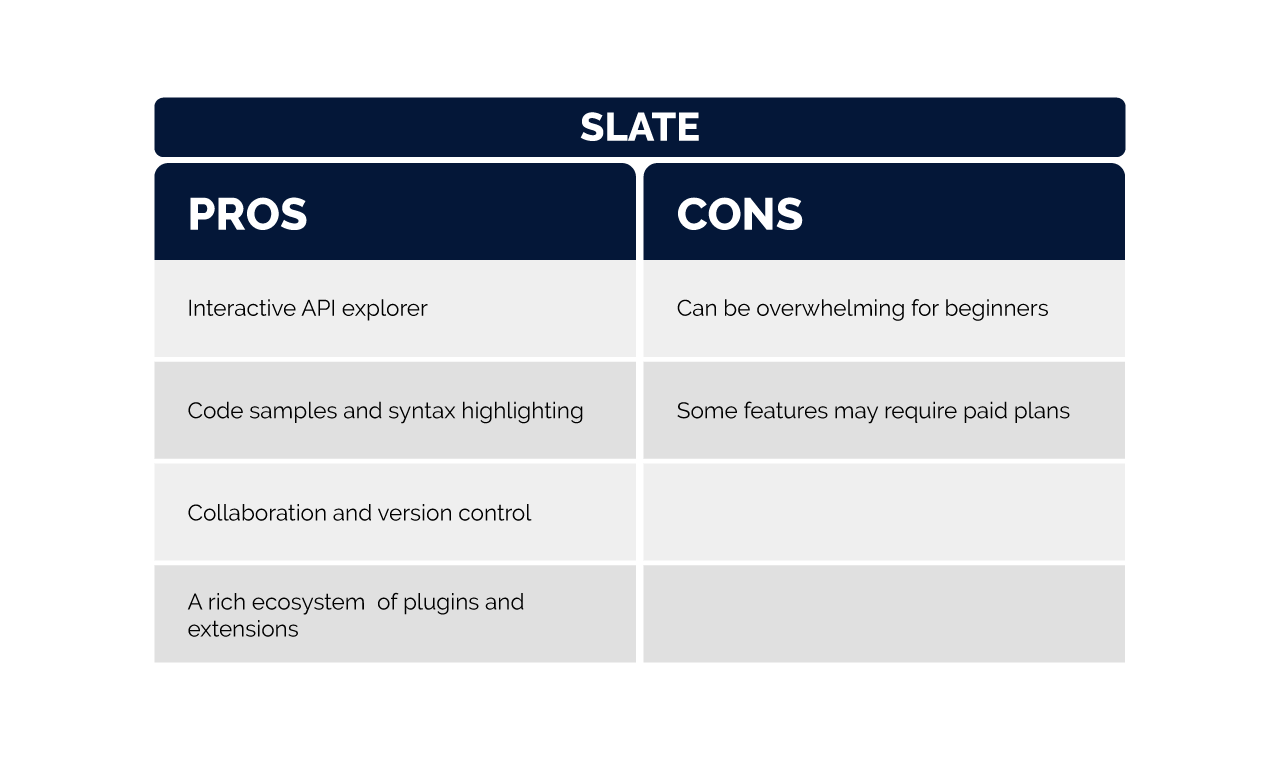
Next is Swagger UI is widely used for generating API documentation from OpenAPI specifications. It provides a simple and intuitive interface for exploring API endpoints, understanding request, and response formats, and visualizing code examples.
Why developers use it: known for its ease of use, seamless integration with OpenAPI specifications, and straightforward approach to generating interactive documentation.
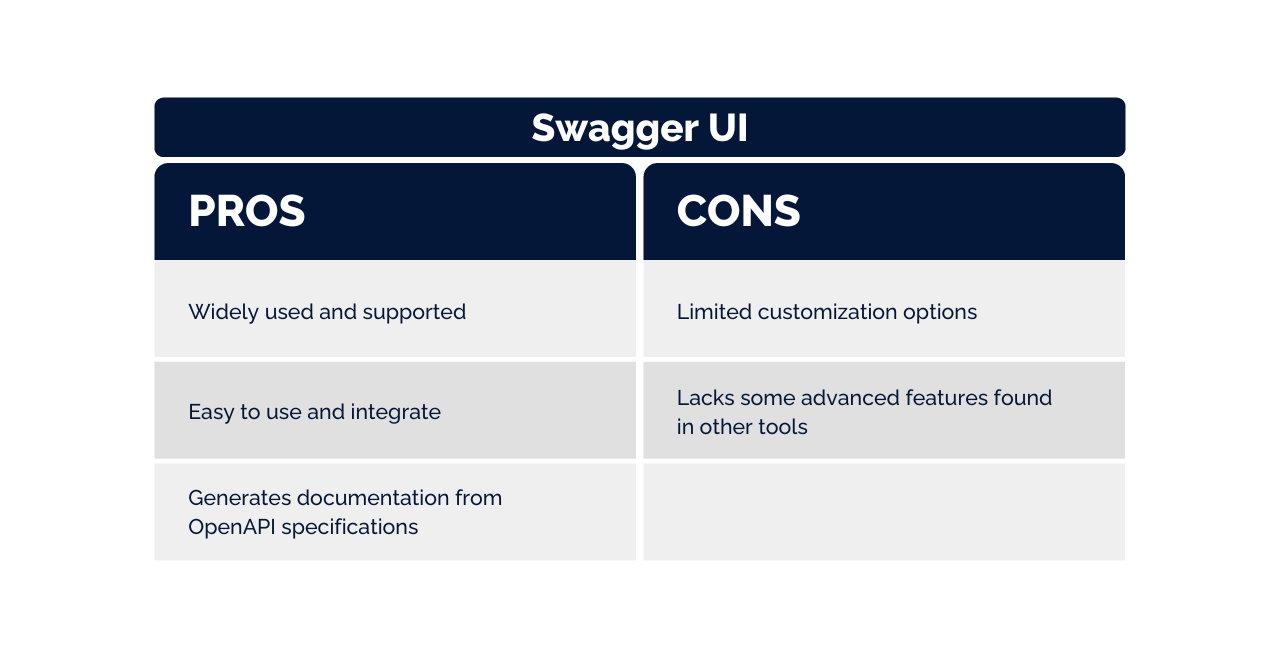
ReadMe is a more collaborative documentation platform that integrates with GitHub and other version control systems. It offers a centralized location for managing API documentation, facilitating collaboration among developers, and ensuring documentation remains up-to-date.
Why developers use it: the best part about this tool is its streamlined documentation process, collaboration features, and integration with version control systems.
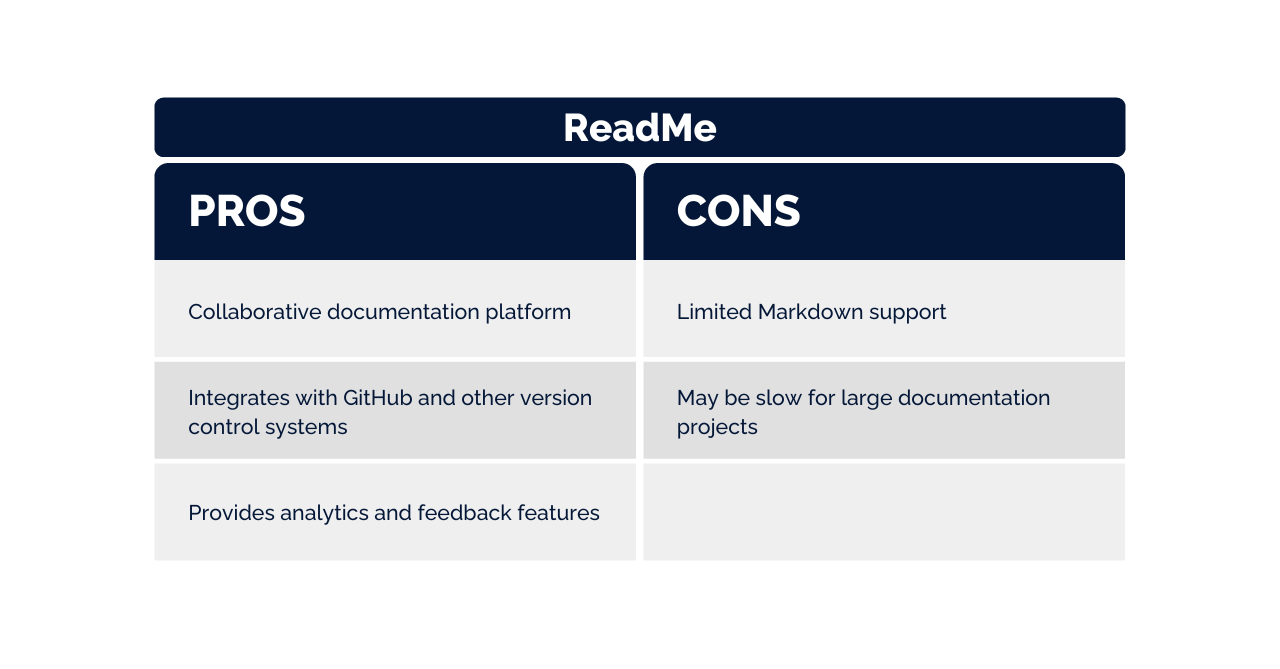
Apiary is a comprehensive API documentation platform supporting various API styles, including REST, GraphQL, and SOAP. It offers advanced collaboration and version control features for managing complex API documentation projects.
Why developers use it: Apiary stands out for its robust feature set, support for different API styles, and effective collaboration and version control tools.
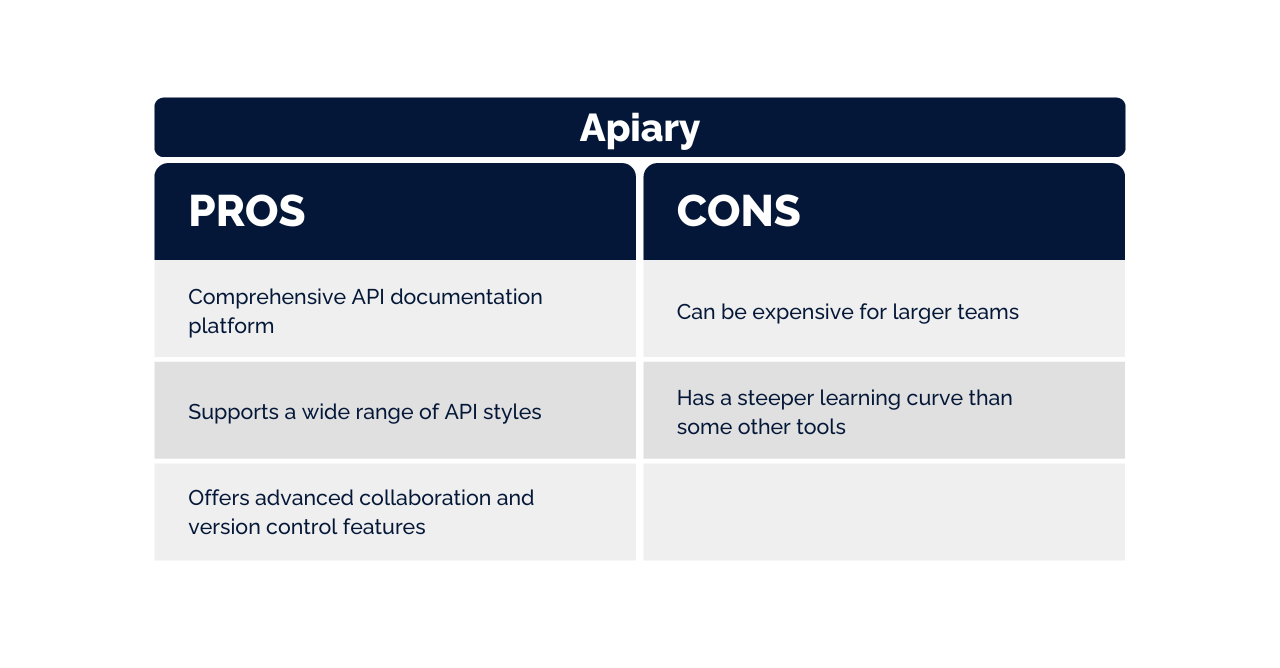
Markdoc is a versatile documentation tool designed for simplicity and ease of use. It primarily focuses on Markdown-based documentation, providing a straightforward platform for creating and organizing documentation seamlessly within the development workflow.
Why developers use it: Developers choose Markdoc for its simplicity and emphasis on Markdown, a lightweight markup language. It integrates smoothly into the development process, offering an uncomplicated approach to documentation creation. This tool is also used by the Stripe payment processor.
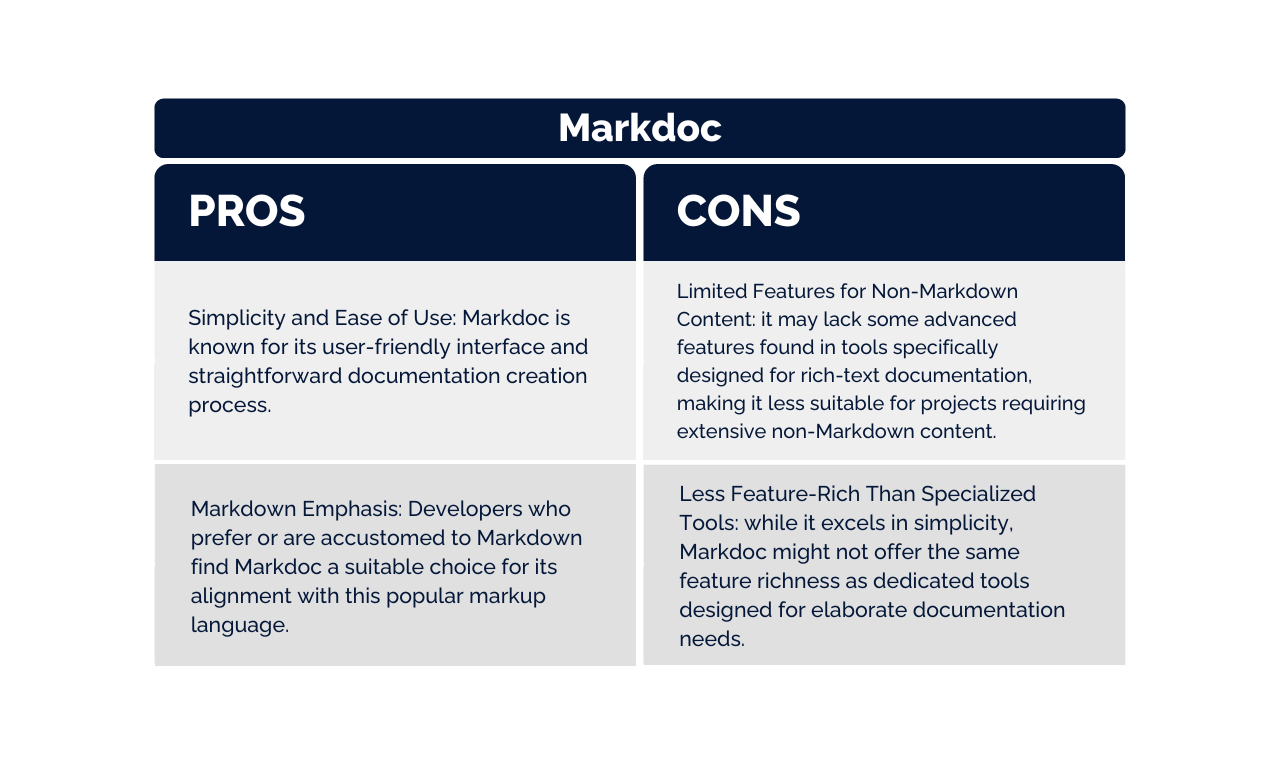
SwaggerHub is a comprehensive platform tailored for API development and documentation. It serves as an integrated solution, offering a collaborative environment for designing, building, and documenting APIs. With a strong emphasis on the OpenAPI Specification, SwaggerHub provides tools for API design, testing, and documentation.
Why developers use it: Developers opt for SwaggerHub due to its all-encompassing features that cover the entire API development lifecycle. It facilitates collaboration among team members and ensures consistency in API design, testing, and documentation.
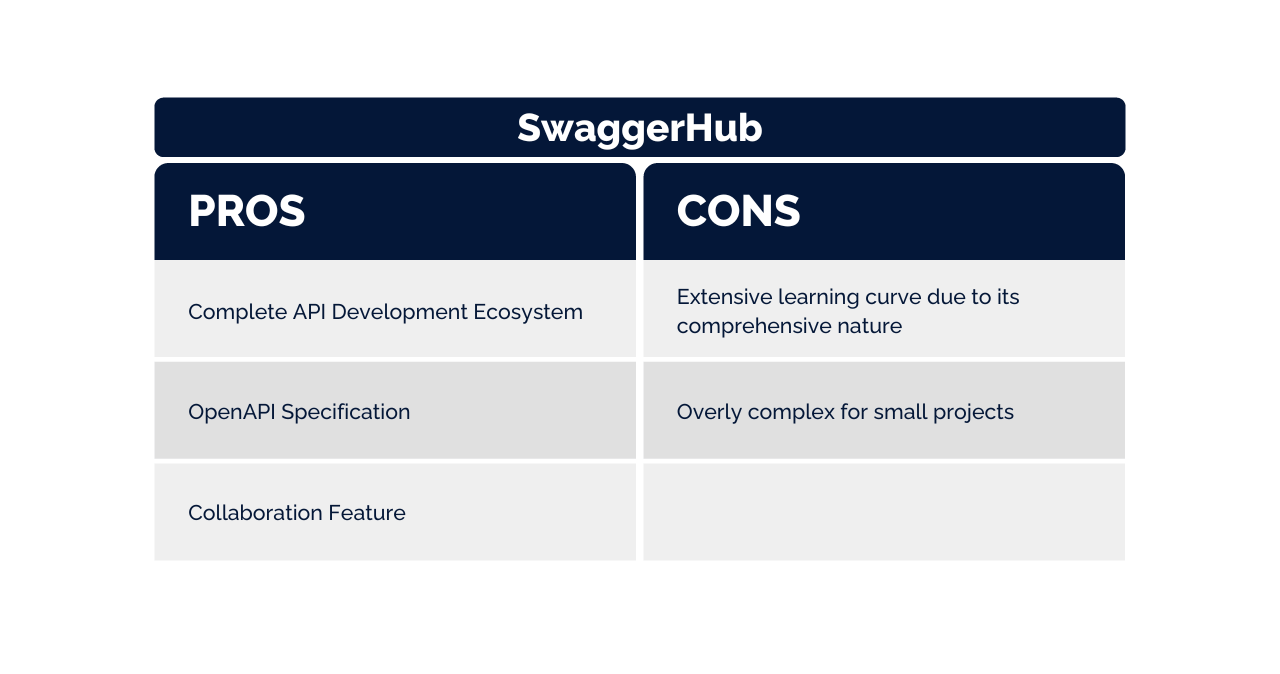
In conclusion, API documentation serves as the bridge between the intricacies of APIs and the minds of developers. Markdown tools like Slate, and Markdoc empower developers to create documentation that not only clarifies API intricacies but also fosters collaboration, innovation, and the continual growth of the software development landscape. In the end, the road you choose is up to your knowledge level and the requirements of the project.